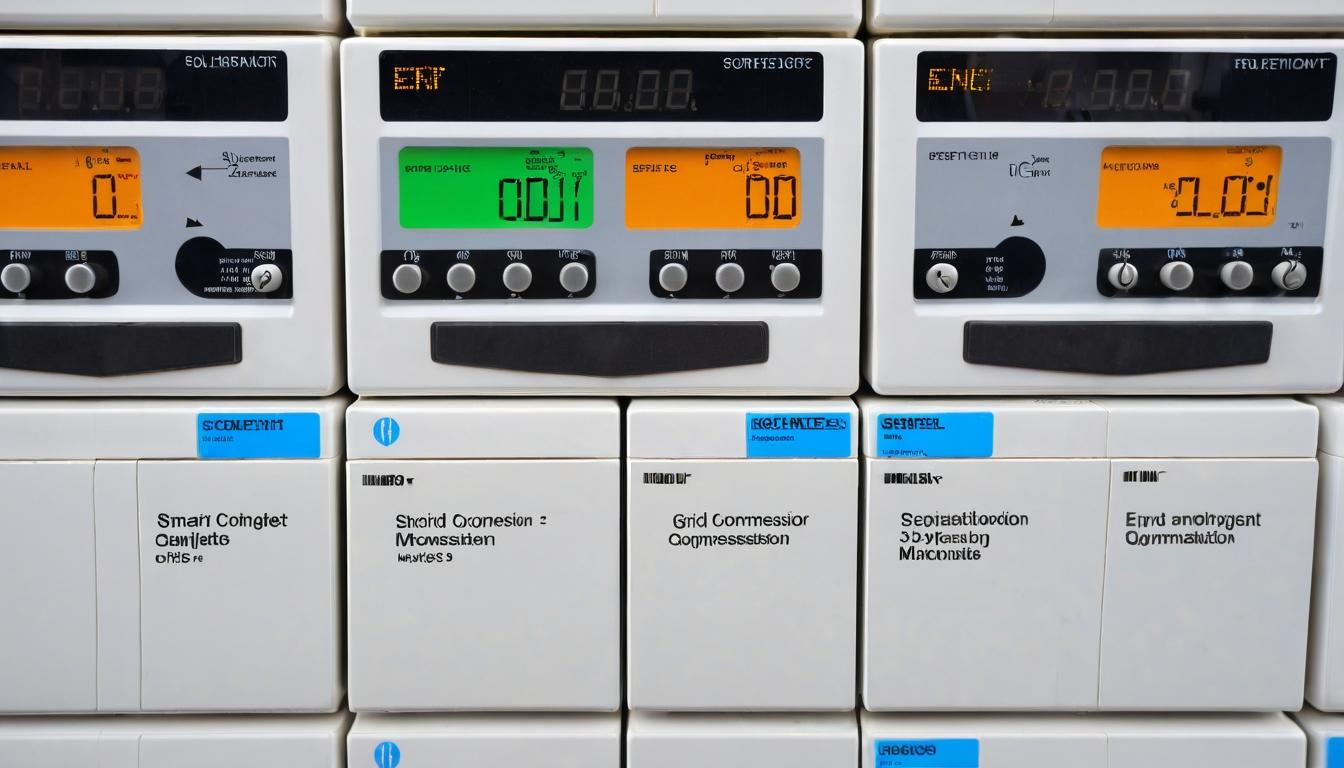While most eyes focus on flashy solar farms and towering wind turbines, a more profound transformation is happening in the shadows of America's power infrastructure. Across the country, utilities are quietly upgrading their aging grids with technology that could fundamentally reshape how we consume and pay for electricity. This isn't about building bigger power lines—it's about making the grid smarter, more responsive, and ultimately more expensive for consumers.
The digital grid revolution began with smart meters, those unassuming devices that replaced the spinning dials on the side of your house. What started as a simple way for utilities to read meters remotely has evolved into something far more ambitious. Today's advanced metering infrastructure collects data every 15 minutes, creating an unprecedented window into our energy habits. Utilities argue this granular data helps them manage demand more efficiently, but consumer advocates see something more concerning: the foundation for time-of-use pricing that could dramatically increase electricity bills during peak hours.
Behind the scenes, distribution automation technology is spreading through suburban neighborhoods and rural communities alike. These systems use sensors, switches, and controllers to automatically reroute power around outages, sometimes restoring service before most customers even notice the lights flickered. The technology represents a massive improvement in reliability, but it comes with a hefty price tag that ratepayers will shoulder for decades through increased distribution charges buried in their monthly bills.
Perhaps the most controversial development involves the rise of advanced distribution management systems (ADMS). These sophisticated software platforms give utilities unprecedented control over their networks, allowing them to balance supply and demand with surgical precision. The systems can detect voltage fluctuations, identify potential equipment failures before they occur, and even manage distributed energy resources like rooftop solar and battery storage. While this sounds like progress, it also gives utilities powerful new tools to limit how much solar power homeowners can feed back into the grid—a capability that's already being used to slow the growth of residential solar in some regions.
The push for grid modernization comes with a compelling narrative about resilience and reliability, particularly after high-profile grid failures in Texas and California. Utilities point to climate change and increasing extreme weather events as justification for massive infrastructure investments. What they rarely mention is how these investments create guaranteed returns for shareholders through rate base expansion. Every new sensor, every upgraded substation, every mile of reconductored wire becomes an asset that earns a regulated return, paid for by customers through higher rates.
Demand response programs represent another frontier in the modernization push. These initiatives pay consumers to reduce electricity use during peak periods, theoretically avoiding the need to build new power plants. The concept sounds win-win, but the reality is more complex. Industrial and commercial customers typically reap the largest benefits from these programs, while residential participants often see minimal savings. Meanwhile, utilities use participation in demand response as evidence they're managing grid constraints effectively—even as they continue planning for traditional capacity expansion.
Microgrids have emerged as both a threat and opportunity for traditional utilities. These self-contained power systems can operate independently from the main grid, providing resilience during widespread outages. Some forward-thinking communities are developing microgrids powered by local renewable resources, potentially reducing their dependence on utility-provided electricity. In response, many utilities are racing to develop their own microgrid offerings, positioning themselves as essential partners rather than potential competitors.
The cybersecurity implications of grid modernization deserve more public attention. As utilities connect more devices to their networks, they create additional entry points for potential attackers. A compromised smart meter might seem insignificant, but security researchers have demonstrated how coordinated attacks could manipulate grid operations or even cause physical damage to equipment. Utilities are spending billions on cybersecurity, but critics question whether they're moving fast enough to address vulnerabilities in an increasingly connected grid.
Perhaps the most significant battle brewing involves data ownership and privacy. Smart meters collect detailed information about when residents are home, what appliances they use, and even their daily routines. Utilities claim this data helps them improve service and develop better programs, but privacy advocates worry about how this information might be used or shared. Several states have passed laws restricting utility data practices, but the regulatory landscape remains fragmented and inconsistent.
As utilities continue their modernization march, ratepayers face a fundamental question: who benefits most from these technological advances? The industry argues that everyone wins through improved reliability and efficiency. Skeptics see a system designed primarily to protect utility profits in an era of distributed energy and changing consumer expectations. What's clear is that the decisions being made today about grid technology will shape our energy system for decades to come—whether most consumers realize it or not.
The quiet revolution in grid modernization that utilities don't want you to notice

